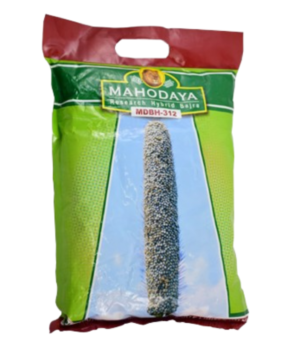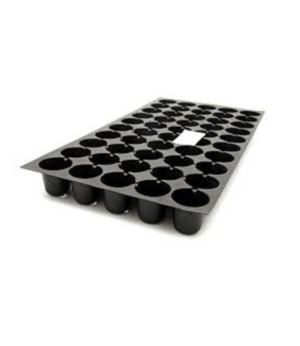US Numeric Size
Waist
US Denim Size
Hip
Chest

Lavender seeds produce aromatic plants with vibrant purple flowers, ideal for gardens and crafting. They need full sun, well-drained soil, and can take 2-3 weeks to germinate, often requiring cold stratification for best results.
Flash Sale end in:
We want you to be happy with your purchase and we apologize if it is not. For whatever reason that you are not satisfied, we would be most happy to provide exchanges and returns for all items purchased from us if the following conditions are met.
All exchanges and returns would need to be raised within 10 days of the invoice date for Singaporeorders, and 20 days for overseas orders. For local deliveries, there is an option to exchange at any of our boutiques within Singaporeor through our online portal at www.company.com. All requests for returns however, would need to be strictly made online at www.company.com for both local and overseas deliveries.
All exchanges and returns would need to be raised within 10 days of the invoice date for Singaporeorders, and 20 days for overseas orders. For local deliveries, there is an option to exchange at any of our boutiques within Singaporeor through our online portal at www.company.com. All requests for returns however, would need to be strictly made online at www.company.com for both local and overseas deliveries.
Growing lavender from seeds requires a bit of patience but can be quite rewarding. Here’s a concise guide:
1. Prepare for Planting
Timing: Start lavender seeds indoors 8-10 weeks before the last frost or sow directly in the garden after the risk of frost has passed.
Soil: Use well-draining soil with a pH of 6.5-7.5. A mix of potting soil and sand or perlite works well.
2. Sow the Seeds
Stratification: For better germination, refrigerate seeds for 4-6 weeks before sowing to mimic winter conditions.
Planting Depth: Sow seeds on the surface of the soil and lightly press them in; do not cover, as they need light to germinate.
Spacing: Space seeds or seedlings about 12-18 inches apart if sowing directly in the garden.
3. Watering
Initial Watering: Mist the soil lightly to keep it consistently moist. Avoid overwatering, as lavender prefers drier conditions.
Ongoing Care: Water sparingly once seedlings emerge, allowing the soil to dry out between waterings.
4. Light Requirements
Sunlight: Lavender requires full sun, so ensure it receives at least 6-8 hours of direct sunlight each day.
5. Care and Maintenance
Fertilizing: Lavender doesn’t need heavy fertilization. A light application of a balanced fertilizer in spring can support growth.
Pruning: Prune lightly after flowering to maintain shape and promote new growth.
6. Harvesting
Timing: Harvest lavender when the buds are just starting to open for the best fragrance. Cut stems with a clean pair of scissors or shears.
Enjoy growing lavender for its fragrant flowers and leaves, perfect for aromatherapy, cooking, and crafts!
When is the best time to plant lavender seeds?
The best time to plant lavender seeds is in early spring or late winter for optimal growth.
How deep should I plant lavender seeds?
Lavender seeds should be sown 1/8 inch deep, as they require light for germination.
How long does it take for lavender seeds to germinate?
Lavender seeds typically take 2–4 weeks to germinate under the right conditions (cool temperatures and light).
What soil is best for growing lavender?
Lavender thrives in well-drained, slightly alkaline soil with a pH of 6.5 to 7.5.
How often should I water lavender seeds?
Water lavender lightly and only when the soil is dry to the touch, as lavender prefers dry conditions once established.

You can ask anything you want to know about our products
onlinestore@shetiudyog.com


Reviews
There are no reviews yet